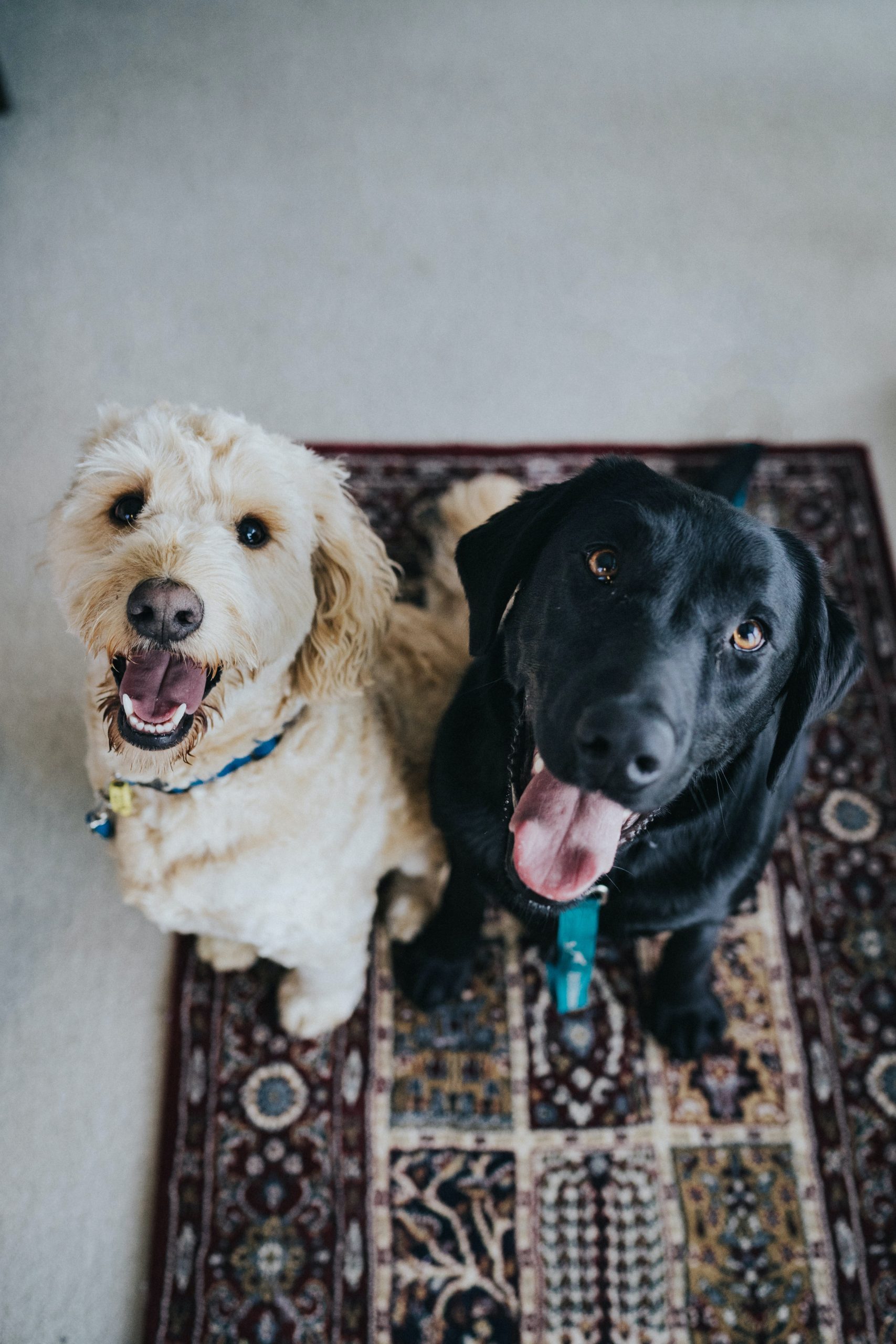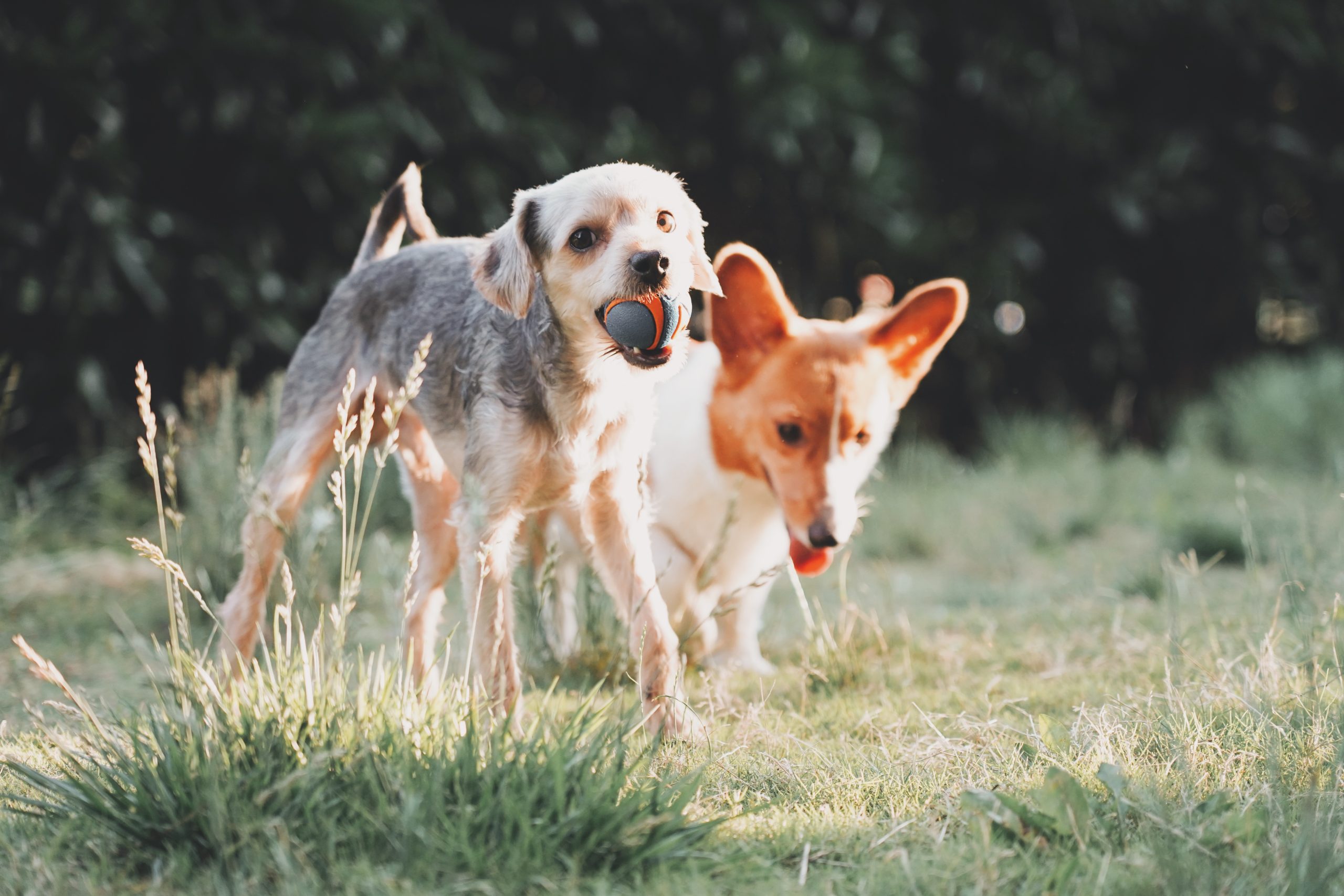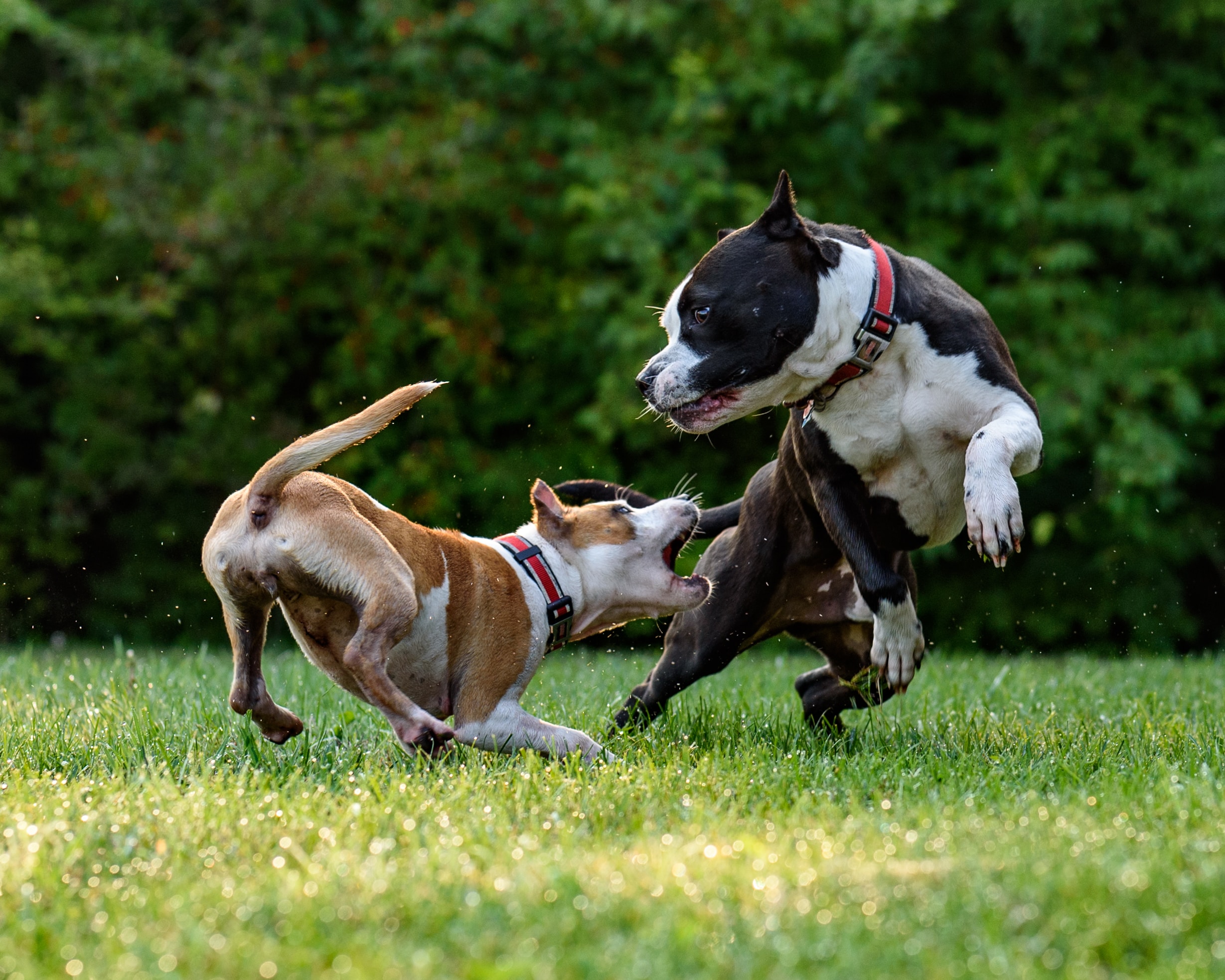The Complete Guide to Dog Socialization: Tips, Methods, and Challenges
The Crucial Role of Dog Socialization: Learn why socializing dogs with humans and other dogs is important for their development and how to successfully socialize your dog through daily walks, exposure to a variety of people, and positive reinforcement.
The Crucial Role of Dog Socialization
Emphasizing the importance of socializing dogs with humans and other dogs is vital for their overall development and well-being. This process helps them become well-adjusted and confident in various social situations. Daily walks play a significant role in getting dogs comfortable with the world and people around them, as they are exposed to different sights, sounds, and smells. It’s during these walks that dogs have the opportunity to interact with other people and animals, contributing to their social skills and confidence.
The best time for socializing puppies is between 3 and 12 weeks of age, as this is a critical period for their development. During this time, they are more receptive to new experiences and are likely to form positive associations with different stimuli. Additionally, dog training classes provide a safe environment for socialization, allowing puppies to interact with other dogs and people under the guidance of professionals.
Methods for Socializing a Dog
Exposing dogs to a wide variety of people, including men, women, and children, is crucial for their social development. This exposure helps them become comfortable around individuals of all ages and genders, reducing the likelihood of fear or anxiety in unfamiliar situations. Using treats to encourage positive social behavior with other dogs is an effective method for reinforcing good social interactions. Treats can be used to reward friendly and calm behavior, creating positive associations with socializing.
Introducing dogs to new friends at the dog park or pet shop can provide valuable socialization opportunities, but it’s essential to follow the dog’s cues and be cautious when introducing them to unfamiliar dogs. Being attentive to the body language and behavior of both dogs during these introductions can help prevent potential conflicts and ensure positive social experiences.
Addressing Challenges in Dog Socialization
Missed socialization and training in puppies can occur due to various reasons such as illness, rural living, and unknown histories. In such cases, it’s important to recognize the gaps in socialization and take proactive steps to help the dog acclimate to new experiences and environments. For unsocialized dogs, working with a professional and using counter conditioning to change negative emotional responses can be beneficial. This involves gradually exposing the dog to the stimuli that trigger fear or anxiety, while associating these stimuli with positive experiences to change their emotional response.
Avoiding overwhelming experiences and environments, such as dog daycares and dog parks, is important when working with an unsocialized dog. These environments can be highly stimulating and may exacerbate a dog’s fear or anxiety, hindering the socialization process. Instead, focusing on controlled and positive social interactions in calmer settings can help build the dog’s confidence and comfort around others.
Tips for Successful Dog Socializing
Positive reinforcement and regular obedience training are essential for successful dog socialization. Using positive reinforcement techniques, such as treats, praise, and rewards, helps reinforce desirable social behaviors, encouraging dogs to engage in positive interactions with others. Gradually introducing dogs to different situations and environments can prevent fear and anxiety, as they have the opportunity to acclimate to new experiences at their own pace. Enrolling dogs in puppy classes can also aid in socialization, as these classes provide structured social interactions and training in a controlled setting.
Conclusion
In conclusion, prioritizing dog socialization is crucial for a dog’s overall well-being and behavior. By providing dogs with positive social experiences and exposure to various stimuli, owners can help them become confident, well-mannered, and friendly companions. It’s important to understand the significance of socialization at different life stages and to seek professional guidance when addressing specific challenges or behavioral concerns. Ultimately, investing in dog socialization contributes to a worry-free and enjoyable lifestyle for both dogs and their owners.



